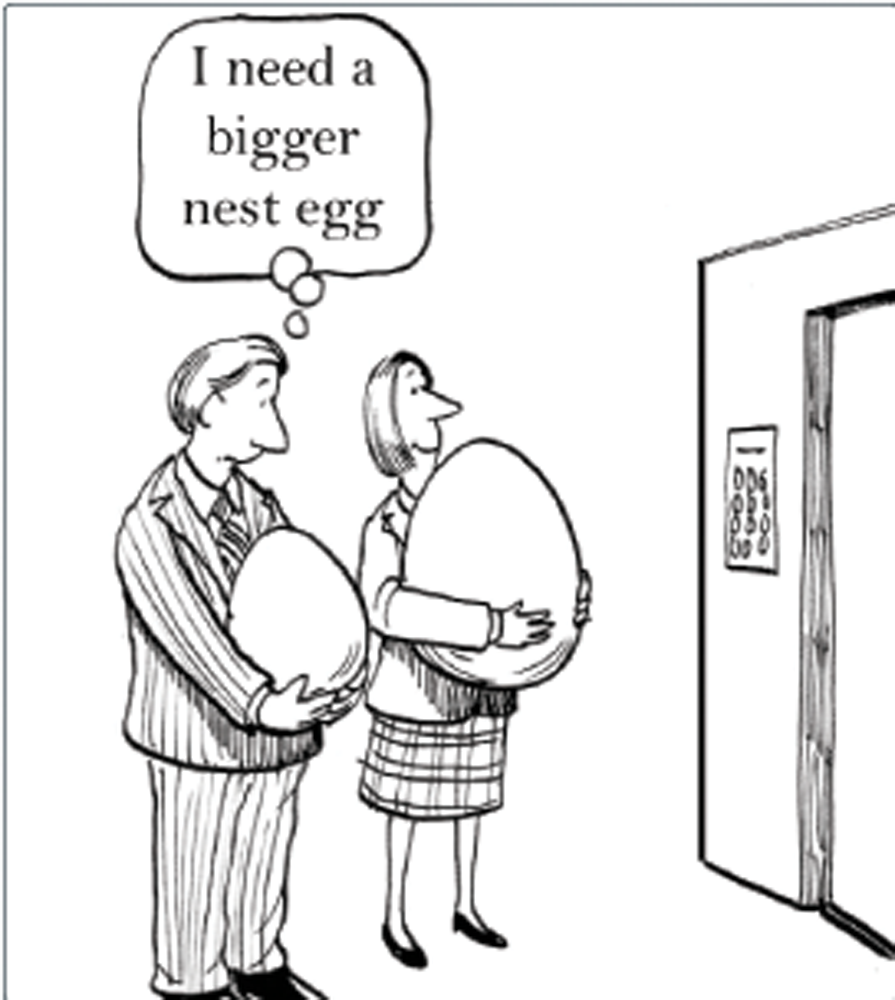Retirement
Pension reforms mean it will pay to save… eventually

State pension changes will work with automatic enrolment rules to ensure it actually ‘pays to save’ for retirement, the pensions minister has said.
The Department for Work and Pensions (DWP) said the more rapid reduction in means-testing – due to the introduction of the single tier state pension – will help people save more and have less taken away in benefit reductions.
It explained for today’s retirees for every ten pounds they have put into a pension, they will lose an average of three pounds in benefits entitlements. However, after the reforms people starting out in the workplace now who retire in 2060 will keep an average of nearly nine pounds in ten of what they save.
The amount people’s benefits are being reduced because of their income from pension saving – the marginal deduction rate (MDR) – is falling over time, the DWP said. But its figures show this will receive an extra boost from its pension reforms.
DWP reiterated people will be better off saving when the government’s changes to both the state and private pension systems are fully in place.
Pensions minister Steve Webb said: “Our changes to the state pension, together with wider welfare reforms and automatic enrolment, mean we’re giving lower paid people the biggest incentive to save for a generation. We’re making it more worthwhile for people, particularly those on low incomes, to save for their old age.”
He added: “As we give 11 million people the chance to save into a workplace pension, with a contribution from their employer, these figures show why we must also reform our state pension to ensure that it pays to save.”